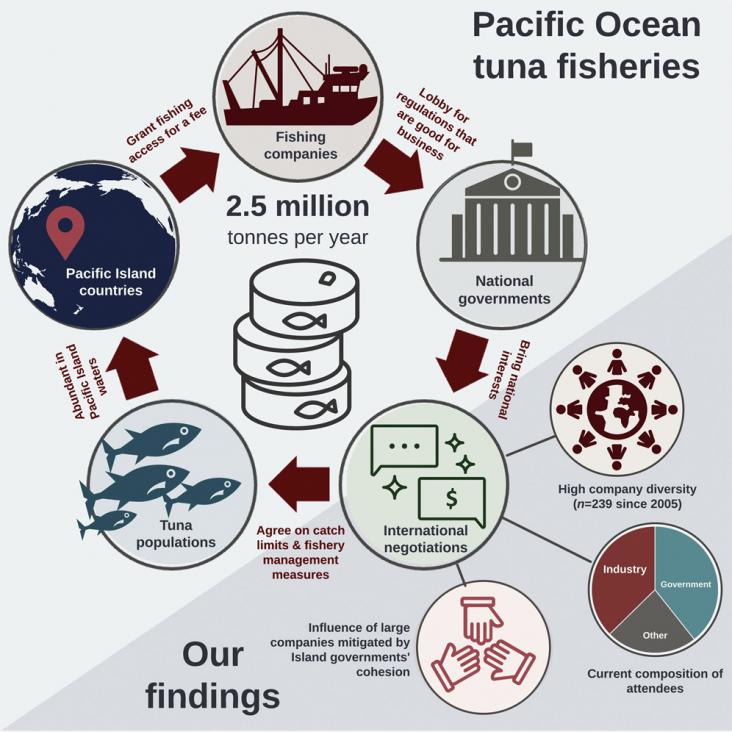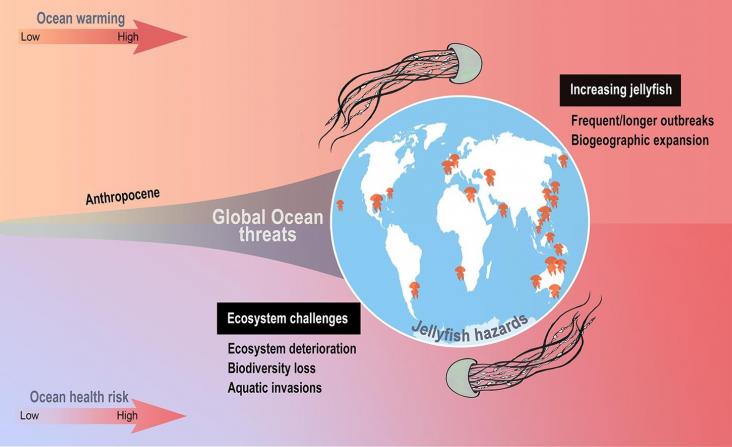David E. Reichle, Chapter 9 - Ecosystem productivity, Editor(s): David E. Reichle, The Global Carbon Cycle and Climate Change (Second Edition), Elsevier, 2023, Pages 197-232, ISBN 9780443187759, https://doi.org/10.1016/B978-0-443-18775-9.00007-3.
David E. Reichle, Chapter 10 - The global carbon cycle and the biosphere, Editor(s): David E. Reichle, The Global Carbon Cycle and Climate Change (Second Edition), Elsevier, 2023, Pages 235-283, ISBN 9780443187759, https://doi.org/10.1016/B978-0-443-18775-9.00014-0.
Hafsa Yaiche Achour, Sid Ahmed Saadi, Chapter 18 - African salt lakes: distribution, microbial biodiversity, and biotechnological potential, Editor(s): Mostafa El-Sheekh, Hosam Easa Elsaied, Lakes of Africa, Elsevier, 2023, Pages 501-525, ISBN 9780323955270




